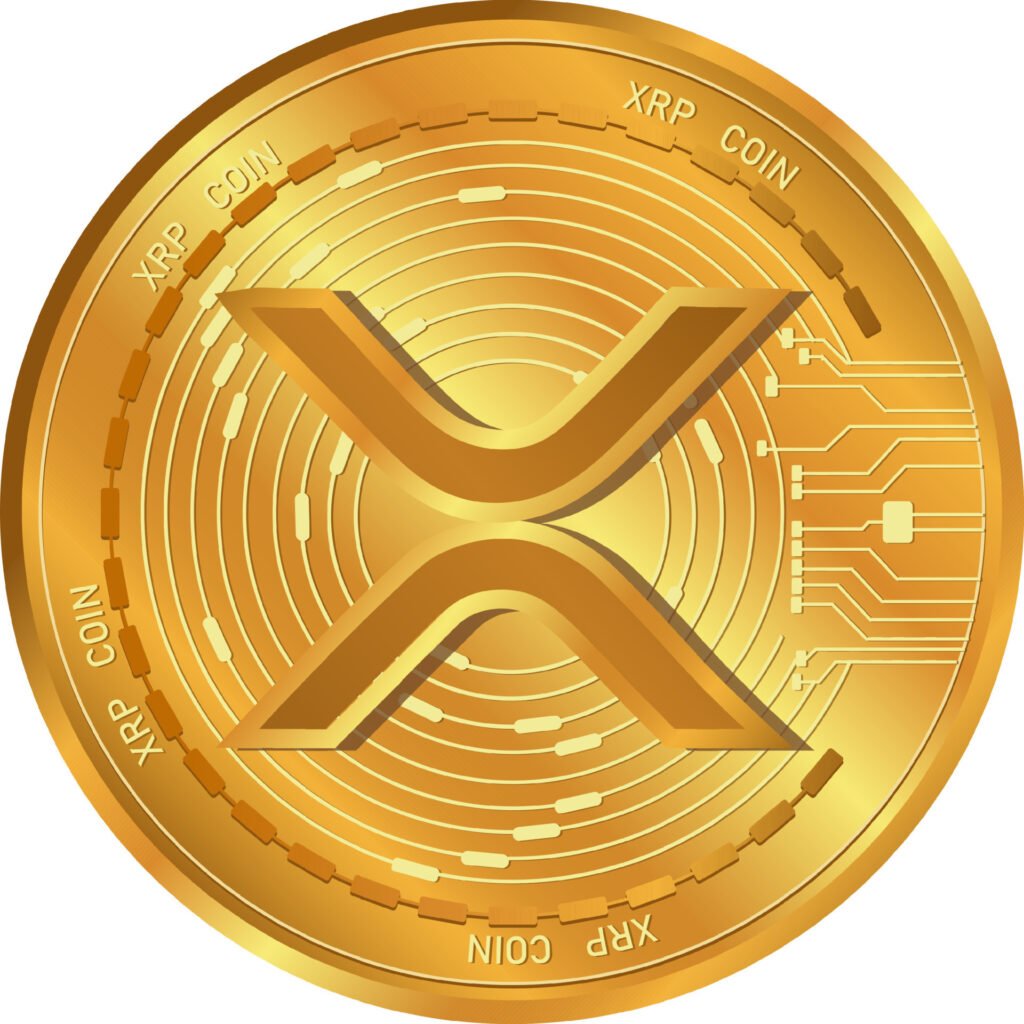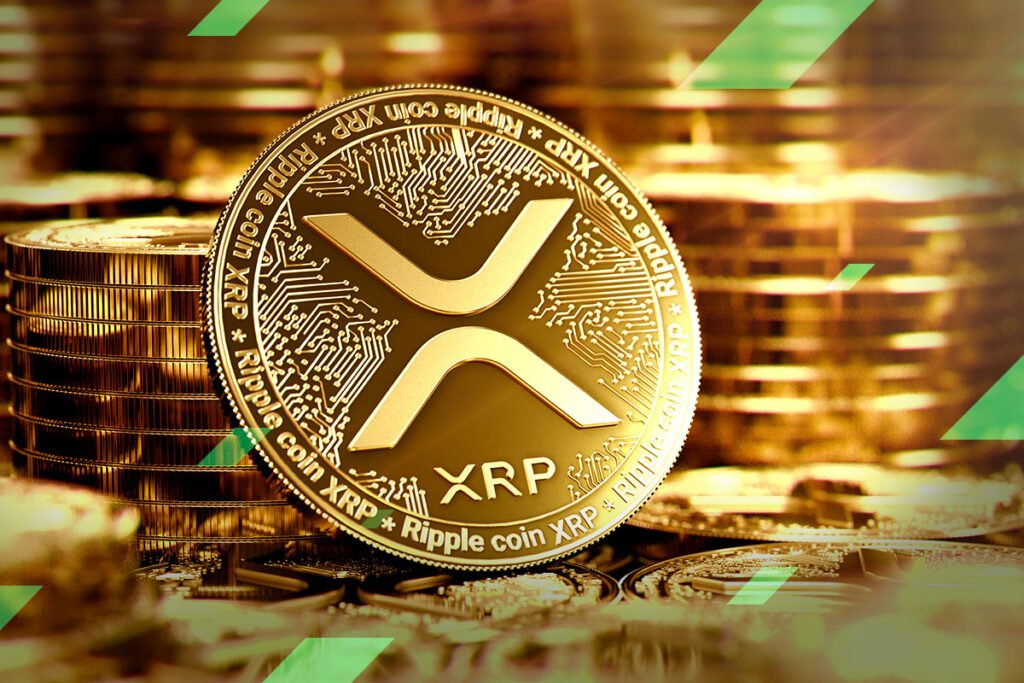What is pulsation?
The token used for the cryptocurrency is pre-mined and uses the ticker symbol XRP. Ripple is the name of the company and network, and XRP is the cryptocurrency token. The purpose of XRP is to serve as an intermediate exchange mechanism between two currencies or networks, a kind of temporary settlement layer. Ripple was first launched in 2012, co-founded by Chris Larsen and Jed McCaleb.

Understanding Ripple
Ripple runs on a decentralized, open-source peer-to-peer platform that allows you to seamlessly transfer money in any form, be it dollars, yen, euros or cryptocurrencies. It is a global payments network whose clients include major banks and financial services institutions. XRP is used to facilitate quick conversion between different currencies.
Ripple as a digital hawala network
To understand how the system works, consider a money transfer structure in which the two parties at each end of the transaction use their preferred intermediaries to receive the money. In fact, Ripple operates as a digital hawala service. Hawala is an informal method of transferring money, usually across borders, without actually moving physical money.
For example, imagine that Lawrence needs to send $100 to River, who lives in another city. Lawrence sends the funds to local agent Kate and provides her with a secret password, which River must answer correctly in order to receive the funds in her city. Kate alerts River’s agent, Asuka, to the details of the transaction: the recipient, the funds to be returned, and the password. If River tells Asuka the correct password, Asuka will give them $100.
However, the money comes from Asuka’s account, meaning Kate owes Asuka $100 (which will be paid later). Asuka can journal all of Kate’s debts that Kate must pay on an agreed-upon date, or make counter transactions that balance the debt. This multi-step transaction requires a network of trust, which Ripple avoids by using a blockchain network.
Any person or company can register and open a gateway, which allows the registrant to act as an intermediary for exchanging currencies, maintaining liquidity and transferring payments on the network.

Digital currency Ripple XRP
Ripple’s digital currency, XRP, acts as a bridging currency to other currencies. It does not differentiate between fiat currency and cryptocurrency, making it easy to exchange any currency for another. Each coin in the ecosystem has its own gateway, such as CADBl uzelle, BTC stamp and USD snapswap. If River wanted to use bitcoins as payment for services provided to Lawrence, Lawrence does not need to own bitcoins. You can send payment to your portal in Canadian Dollars (CAD) and River can receive Bitcoin from your portal. A gateway is not required to initiate a full transaction; Multiple gateways can be used, forming a chain of trust that extends between users.
Maintaining balances using a gateway exposes the user to counterparty risk, which is also present in the traditional banking system. If a gateway defaults, the user may lose the value of the money stored on that gateway. This way, users who don’t trust the gateway can transact through a trusted gateway that works with an “untrusted” gateway. This way, the bill will be processed through a trusted or certified gateway with creditworthiness.
How does pulsation work?
Instead, transactions rely on a consensus protocol to verify account balances and transactions in the system. Consensus helps improve system integrity by avoiding double costs.
A Ripple user who initiates a transaction with multiple gateways but attempts to send the same $100 to the gateway systems will have all transactions except the first one deleted. Individual distributed nodes decide by consensus which transaction was completed first. Confirmations are instantaneous and take about five seconds. Since no central authority decides who can create a node and confirm transactions, the Ripple platform is considered decentralized.
XRP Ledger tracks all IOUs in a specific currency for any user or gateway. Please note that credits and transaction flows between wallets are publicly available on the XRP ledger. But while the history of financial transactions is publicly recorded and available on the blockchain, the data is not linked to the identity or account of any person or company. However, the public record of all transactions (i.e., blockchain) makes the information vulnerable to anonymization measures.